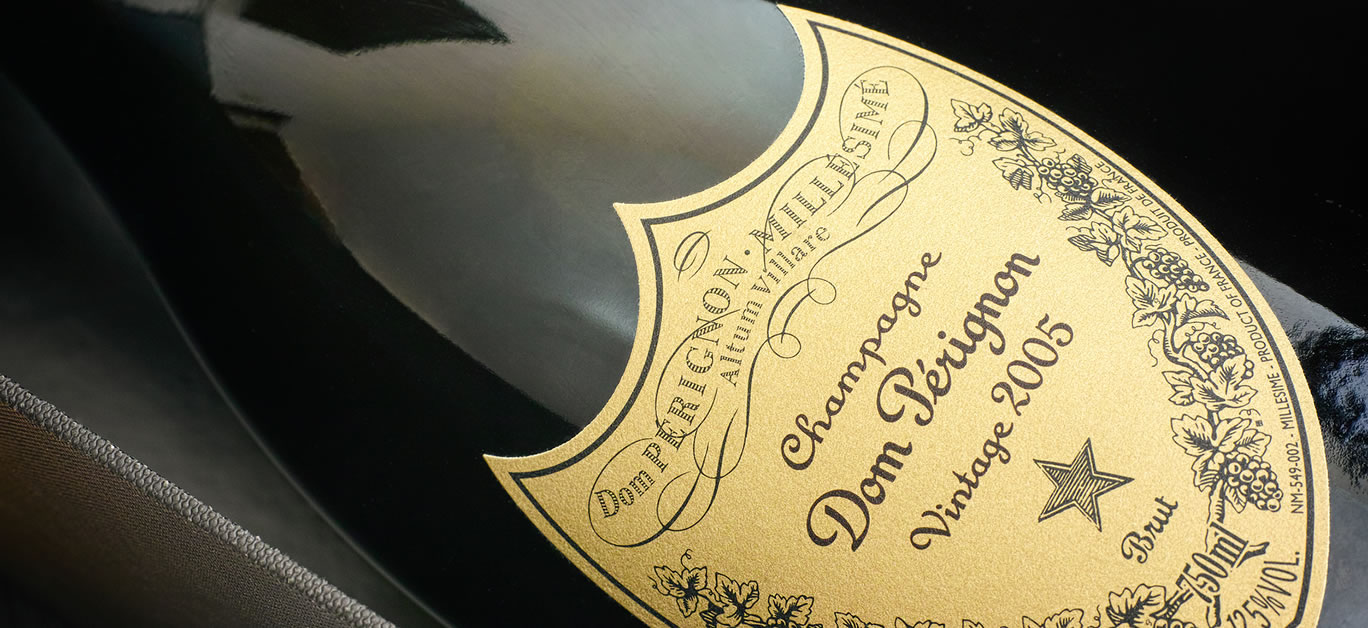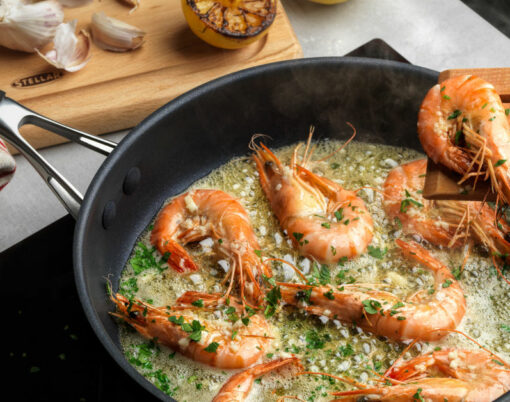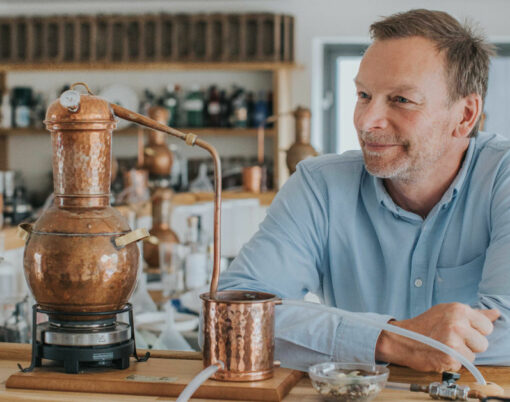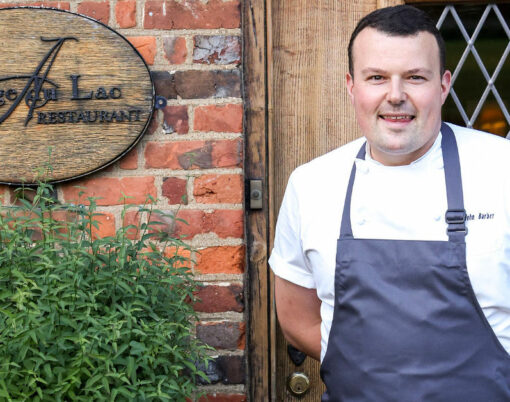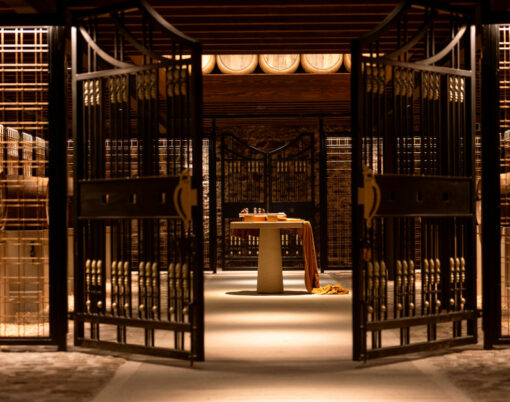When it comes to champagne, it doesn’t get much better than Dom Perignon. A name that evokes class, luxury, and indulgence, it’s the perfect partner for raising a toast at any celebratory event, or simply popping open over dinner, just because. If you enjoy the finer things in life, then it may well be a regular feature in your ice bucket when hosting the guests, too – for when a good bottle of vintage wine simply won’t cut it.
You might like to drink it on the regular, but how much do you really know about your favourite tipple? Dom Perignon has a long and interesting history behind it, some of which might surprise you.
A sparkling wine (champagne) that belongs to the Moet and Chandon Champagne house, Dom Perignon serves as its most prestigious and luxurious champagne – but how exactly did it come into existence?
Well, Dom Pierre Perignon was a benedict monk who was a foremost quality pioneer of wine. He lived in the 17th century and believed that hard work brought a monk closer to God, which ignited his desire to produce the best champagne in the world.
He was the first to perfect the idea of making clear white wines from black and red grapes by clever manipulation of the presses, mastering the technique of when to bottle the wines to capture the bubble.
He also discovered the art of using corks (in place of wood), which used oil-soaked Hemp string to fasten the bottles to keep the wine fresh and sparkling.
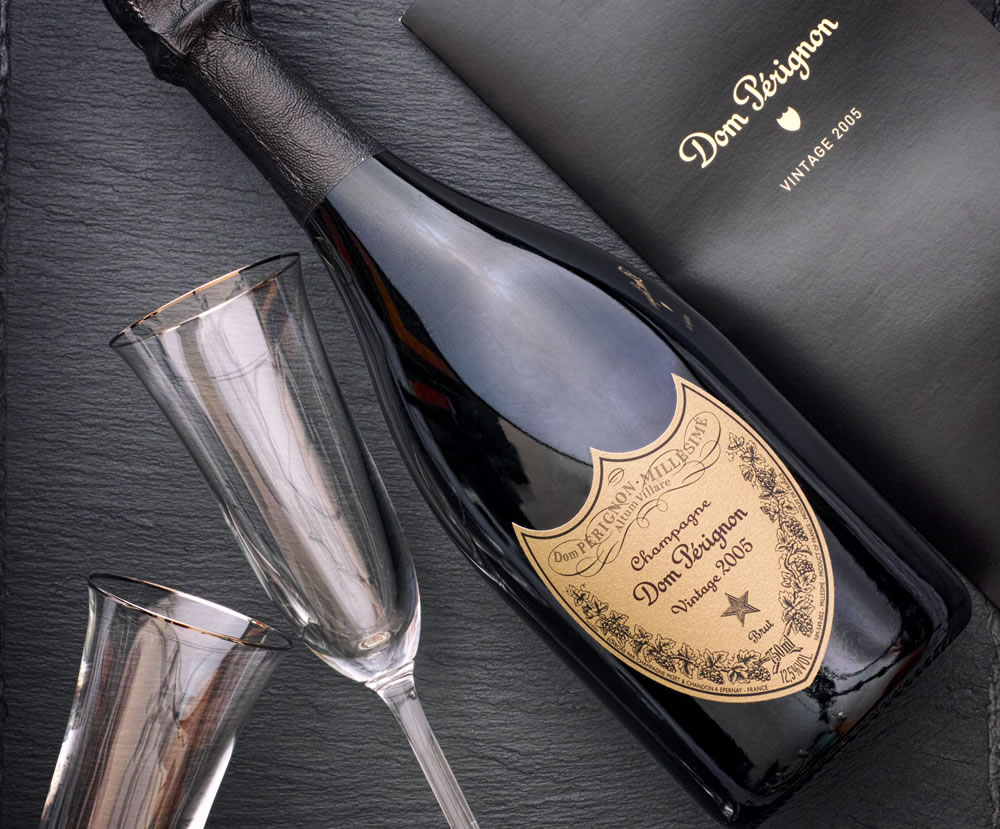
Dom Perignon is always a bottle of vintage champagne
A vintage wine or champagne means that all the grapes used to produce the wine were harvested in the same year. It is not made in weak years because Dom Perignon does not produce non-vintage wine (created by mixing a two-year harvest or more).
There are 43 vintages of the wine
The first vintage was produced in 1921, while the latest production was in 2009. The production of each vintage is not usually precisely defined, but it is estimated to be at least five million bottles.
Some years have no vintages
Richard Geoffroy, currently the chef de cave of Dom Perignon, only produces wines in vintages that will last more than 20 years. He creates a maximum of six vintages in a single decade as a rule – hence, some years have no vintage at all.
Each Dom Perignon type is at least seven years old before its release
Dom Perignon produces and releases each vintage three times. The first release comes at a minimum of seven to nine years, the second at 18 years and the third a little later, at 25 years of age.
Like other alcoholic drinks, including the popular Jack Daniels whisky, the time-aging technique gives the wine its richness and complexity and is what makes it unique. Most Dom Perignon bottles have a release label, most of which are first time release. If its name reads ‘p2’ or ‘p3’, then it’s a second or third release, respectively.
Dom Perignon is not a Grand Cru Champagne
Despite its sophistication, Dom Perignon is not a Grand Cru Champagne. In the champagne world, only specific vineyards qualify as Grand Cru.
Dom Perignon is a blend of many grapes from Grand Cru vineyards, but also from vines from the indigenous plot of Abbey of Hautvillers, which falls under the category of Premier Cru Fruit.
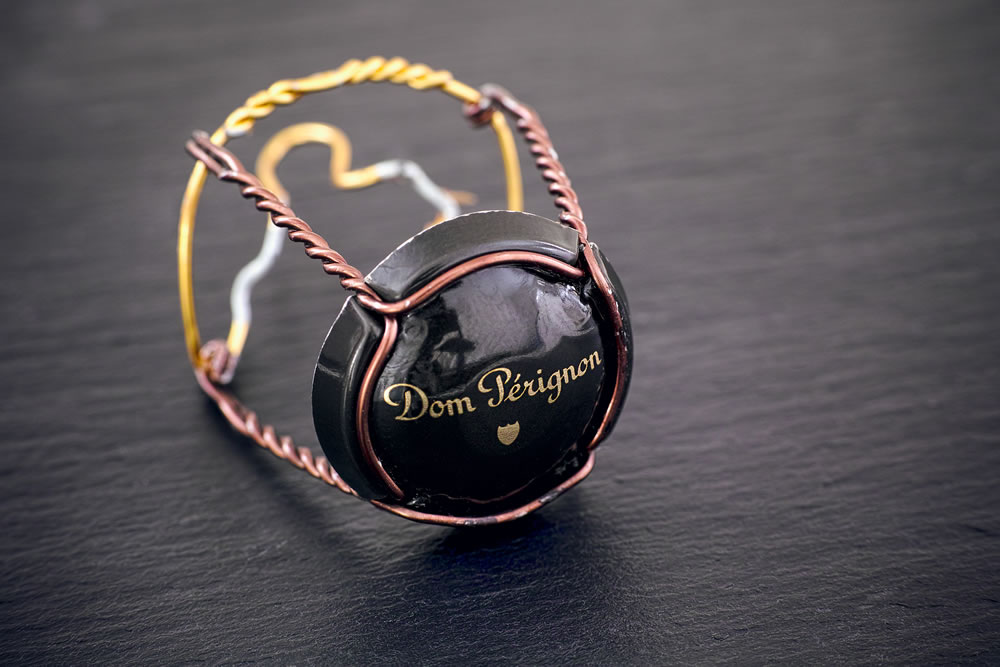
Dom Perignon is always a blend of pinot noir and chardonnay grapes
Even though the final composition of every vintage is different, most of the time, it comprises perfectly equal proportions of both – for example, the 1990 rose. But, sometimes the composition favours one grape at a 60/40 combination, for instance, chardonnay (1982).
The rose label of Dom Perignon’s first production was in 1959. It is often more expensive than the standard Dom Perignon, both of which are a single vintage, but the rose is pinot-based.
Prince Charles and Princess Diana chose Dom Perignon for their wedding
The royal couple chose the costly 1961 vintage champagne for their wedding, because when it comes to royal nuptials, only the finest will do. According to reports, the royal family popped open 91 bottles for guests at the reception – all of which were very happily consumed.
There is a reason Dom Perignon is the most celebrated brand of the vintage champagne world, and no other has ever become quite as iconic. From its traditional, antique-style label to its distinct historical bottle shape, it certainly looks the part – and anyone who has popped a bottle or two will know that it certainly tastes it, too.
A paragon of the top tier of champagnes, it has long been synonymous with luxury. So, if you’re looking for a classy choice for that next special event, then look no further.
Image credit at the very top of the article: Ekaterina79/Bigstock.com












